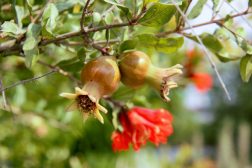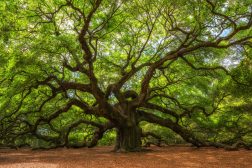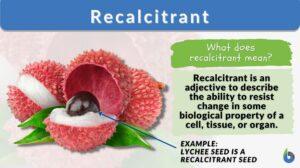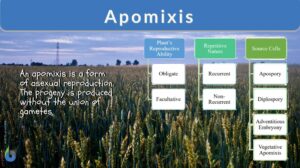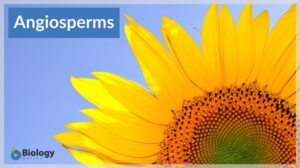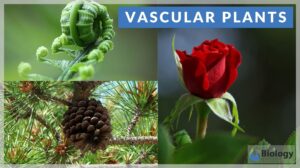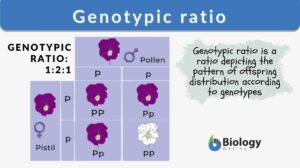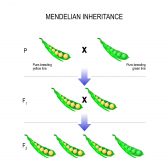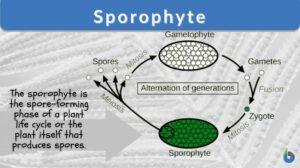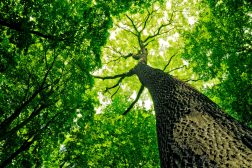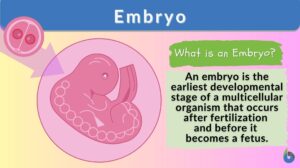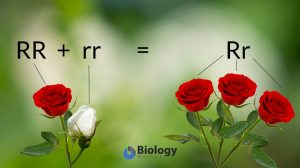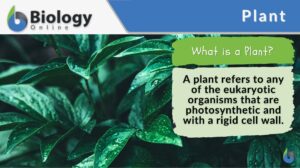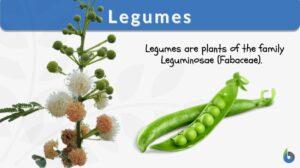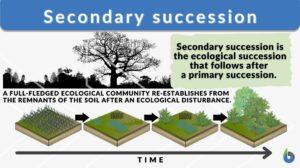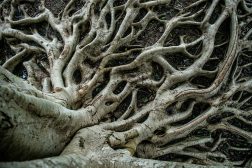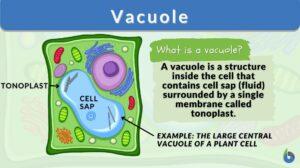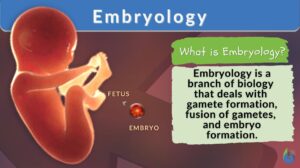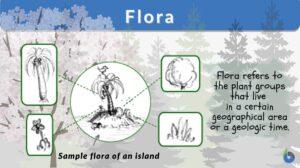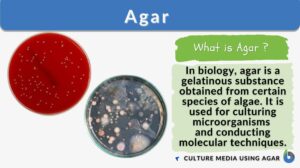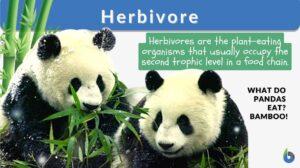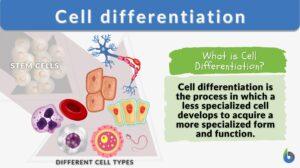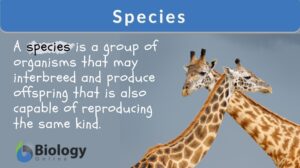Search Results for: seed
Fruits, Flowers, and Seeds
Flowering plants grow in a wide variety of habitats and environments. They can go from germination of a seed to a mature... Read More
Seed Plants
There are two main subdivisions of seed plants—the ones without covered seeds, the gymnosperms, and the ones with covered... Read More
Methods of Breaking Seed Dormancy
Definition of Seed Dormancy: Non – germination of seeds due to absence of suitable conditions is termed as dormancy.... Read More
Recalcitrant
Several words of the English language find wide usage in subjects as diverse as literature, science, social science,... Read More
Non-seed plant
Plants that don't make seeds are called non-seed plants. Ferns and mosses are non-seed plants. They don't make seeds, but... Read More
Angiosperm
Angiosperms Definition What is an angiosperm? An angiosperm is a plant that produces flowers. The angiosperms, also... Read More
Vascular plants
Definition of Vascular plants The term 'vascular' is derived from the Latin word vāsculum, vās, meaning "a container and... Read More
Genotypic ratio
Genotypic Ratio Definition To understand 'Genotypic ratio', let us first understand the terms: 'Genotype' and 'Phenotype'.... Read More
Inheritance and Probability
Reviewed by: Mary Anne Clark, Ph.D. Gregor Mendel, an Austrian monk, is most famous in this field for his study... Read More
Sporophyte
Sporophyte Definition What is a sporophyte? Accordingly, the sporophyte is the plant generation that produces spores. To... Read More
Pioneer species
You might have come across news of some barren lands turning into luscious grasslands or forests after decades? Or you might... Read More
Secondary succession
We all have come across news where forest lands got destroyed by wildfires. Or sometimes we have read about an entire... Read More
Turgor pressure
In biology, turgor pressure pertains to the pressure that is exerted by the fluid (e.g. water) against the cell wall. It is... Read More
Embryology
Embryology Definition Embryology is a branch of biology that deals with the topics concerning gamete formation... Read More
Commensalism
Commensalism Definition What is commensalism? Literally, commensalism is a Latin word that means ‘to eat at the same... Read More
Cell differentiation
Cells are often described as the building blocks of life as they are the smallest unit used to build up organisms. Cells can... Read More
Dicotyledon
Definition noun, plural: dicotyledons A group of flowering plants belonging to the class Magnoliopsida of Angiospermae... Read More
Gymnosperm
Definition noun, plural: gymnosperms A vascular plant in which the seeds are not enclosed by a ripened ovary... Read More
Eudicotyledon
Definition noun, plural: eudictoyledons Any of the tricolpate angiosperms characterized mainly by having two cotyledons in... Read More
